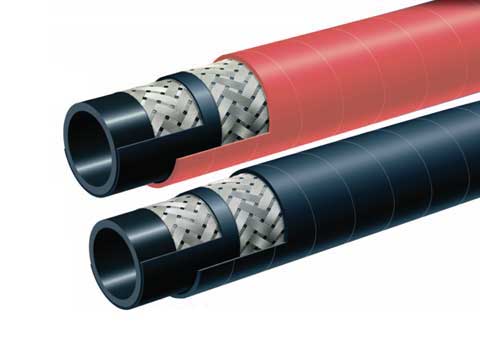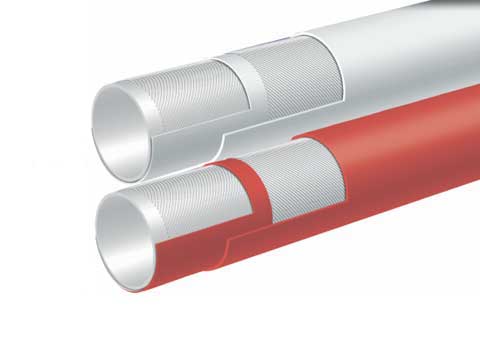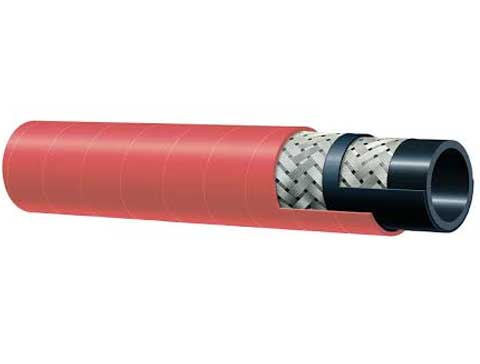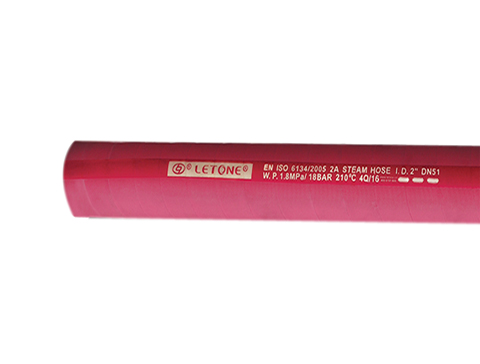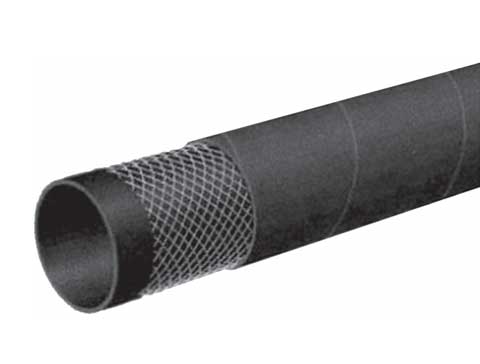Drain pipes are important in the home. When they are blocked, it can cause a variety of plumbing related problems. It is important to keep the drains clean at all time.
Hydro jetting is one of the best ways to clear clogged sewer and drain lines. This method uses high-pressured water to remove all blockages. It is safer and more effective than other drain cleaning methods, such as plunging or snaking.
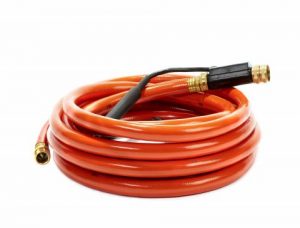
precautions in the use of high-pressure drainage hose
High-pressure drain cleaning, also known as hydro jetting, is a powerful tool for removing clogs and blockages in your plumbing system. Hydro jetting is a powerful alternative to traditional drain cleaning methods such as augers or snakes that require you to poke and push at the clog in order to remove it.
A sewer jet is an elongated flexible hose with a jet nozzle at one end, and jets that fire forward and backwards at the other. The front-firing jets use the water to break apart clogs and the back-firing jets propel the hose in the pipe to scrub it clean.
The pressure of a jetting hose is usually measured in PSI, but the length and diameter of the hose play a role in what the operator will experience when using it. Typically, as the hose length increases, the operator will experience more pressure loss at the jetting nozzle.
Before you start using the hose, make sure you are in an area where it is safe to do so. Wear protective clothing and eyewear when using the hose. In addition, you should also avoid working at heights because the hose can fall and cause injury. You should also always secure the spray attachment to prevent it from falling.
specifications and models of high pressure Drain hose
A high pressure drain hose is a type of hose that can handle serious water pressure (up to 10,000 psi). They are also thicker than regular garden hoses and will not kink or curl like a standard hose. These hoses are available in a variety of sizes, lengths, and materials. Some even come on a reel to keep the hose tangle-free and make it easier to store.
Handheld drain augers can be used to remove soft blockages in residential drain pipes. They are equipped with jets that fire in both directions to break up clogs. They can also work around tight bends and turns. They are not able to remove severe blockages.
Passive suction is another way to clean drains. Closed suction drains, such as Penrose drains, are commonly used in veterinary practice and are made from soft, radiopaque latex that is simple to place and can be cut to any size. They are also inexpensive and easily disposable. These drains can be used in wounds and after surgery to prevent infection and fluid accumulation. They can also be used in animal cages and kennels to prevent urine buildup. To minimize complications, drains must be placed correctly, monitored and removed at the right time.
How should the high-pressure drain hose be stored?
Drain jetting or hydro-jetting is one of the most effective ways to clear clogged drains. Unlike liquid drain cleaners that require poking at clogs to break them up, hydro jetting uses the power of water to cut through hardened grease and dirt, tree roots and other obstructions. This process also eliminates odours caused by decomposing sewage and reduces bacteria levels in the home.
Hydro jetting is a great way to reach pipes that are clogged and out of reach for traditional plumbing tools like snakes. This is particularly true in restaurants, multifamily dwellings and other institutions involving food service, where the vast majority of drain clogs are made from grease.
A quality high pressure hose should be lightweight and have minimal sliding resistance, which will increase its range of use. Some come on a reel to roll up easily when not in use and prevent tangling. Keep the hose away from chemicals and direct sunlight. It's also a good idea to store the hose in a clean, dry location that is free from kinks and not lying down. This will extend the life of the hose and prevent costly repairs.

